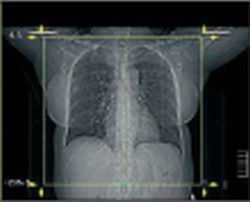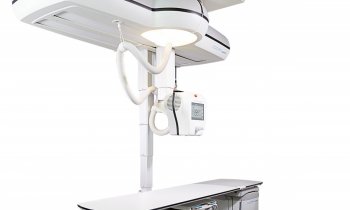Methods and Results of Radiation Exposure Reduction Using Multislice CT
The number of CT examinations undertaken over the past few years has increased remarkably worldwide due to the new diagnostic possibilities afforded by multislice computer tomography (MSCT). As the new technology is gaining ground, many researchers and radiologists are looking for ways to reduce patient radiation exposure. In 2001, Giacomuzzi et al.1 of Innsbruck reported an up to 2.6-fold increase in patient exposure using standard protocols. As late as 2003, Wedegärtner et al.2 of Hamburg reported a 2- to 4-fold increase in patient exposure for multi-slice CT scans compared to single-slice CT scans (SS-CT). In an extensive multicenter study Galanski et al. in 1999 identified the dose requirements for the 14 different scan protocols used for single-slice systems3,4. A current follow-up study in 2001/2002 by Galanski et al. identified the dosage requirements for multislice systems using these selected protocols, taking into consideration the users' actual protocol parameters. Galanski et al. reported the results to us as a benchmarking evaluation8; the results were later published by Brix et al.5 The following paragraphs describe how these findings have influenced the technologies and procedures of the Aquilion Multi and identify additional potential for dosage reduction.

This article was first published in the VISIONS, issue 5/2004, a publication of Toshiba Medical Systems
14.08.2007











